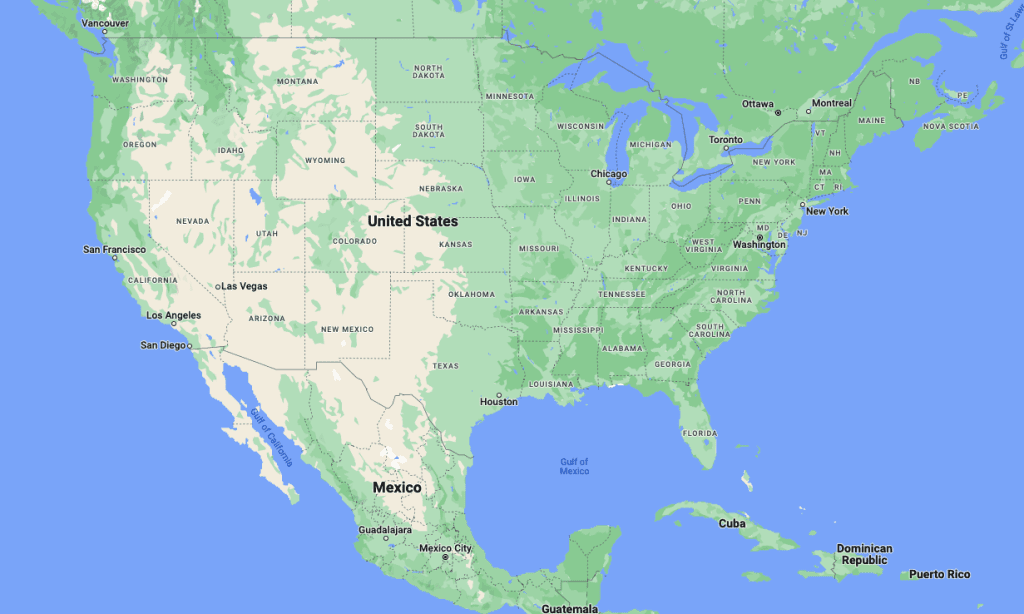Labs & Programs - NOAA Research
- ️Wed Jan 29 2025
The NOAA Research Network
Research Labs
The NOAA Research Laboratories conduct an integrated program of research, technology development, and services to improve the understanding of Earth's atmosphere, oceans and inland waters, and to describe and predict changes occurring to them. The laboratories and their field stations are located across the country and around the world.
Program Offices
Located in NOAA Headquarters in Silver Spring, Maryland, our six Program Offices select, fund, and manage high-priority, competitive research that includes assessments, decision support, outreach, education, and capacity building activities. These offices also support and foster collaboration within NOAA’s labs and across the environmental science community to advance understanding of the Earth system and foster the application of this knowledge in risk management and resilience efforts.
Cooperative Institutes
The NOAA Cooperative Institutes are academic and non-profit research institutions that demonstrate the highest level of performance and conduct research that supports NOAA’s Mission Goals and Strategic Plan. Many of the Cooperative Institutes are collocated with NOAA research laboratories, creating a strong, long-term collaboration between scientists in the laboratories and in the universities.
Results-Driven Research Networks
As the primary research and development organization within NOAA, NOAA Research explores the Earth and atmosphere from the surface of the sun to the depths of the ocean.
We enable better forecasts, earlier warnings for natural disasters, and a greater understanding of the Earth providing unbiased science to manage the environment better, nationally and globally.
Our role within NOAA is to provide products and services that describe and predict changes in the environment. Research results allow decision makers to make effective judgments in order to prevent the loss of human life and conserve and manage natural resources while maintaining a strong economy.
We have an internal network of labs, programs and offices to manage and conduct research. We also have several formal partnerships with Cooperative Institutes to enhance our research capabilities.
Find a Lab or Program
Click the Icons to learn more about our labs, programs, and cooperative institutes.

NOAA’s Atlantic Oceanographic and Meteorological Laboratory
Miami, FL
Visit Website >
OAR Labs
The NOAA Research Laboratories conduct an integrated program of research, technology development, and services to improve understanding of the Earth System. The laboratories and their field stations are located across the country and around the world.

Program Offices
Our Program Offices are located at NOAA’s headquarters in Silver Spring, Maryland. Our Programs find and fund research to transition research products into operations, to meet NOAA & OAR Strategic Objectives and to further our understanding of the Earth System.

Cooperative Institutes
Cooperative Institutes are located at institutions whose geographic expanse extends from Hawaii to Maine and Washington to Florida. Currently, NOAA supports 16 Cooperative Institutes consisting of 80 universities, and research institutions across 33 states, the District of Columbia, US Territories, and Canada.
Find a Lab or Program
- University of Washington
- Oregon State University
- University of Colorado, Boulder
- Colorado State University
- University of Oklahoma
- University of Wisconsin, Madison
- University of Michigan
- University of Alabama
- Mississippi State University
- University of Miami
- University of Maryland, College Park
- Princeton University
Learn more about OAR Labs & Programs
Take a deep dive into how we achieve organizational excellence in our Labs & Programs. Our Scientific Reviews page provides granular detail in videos, documents, and webpages about each institution and the science they conduct to support the NOAA mission.
Additionally, OAR conducts reviews of headquarter staff offices on a routine basis. Follow along with the link provided to learn about the work conducted to support OAR”s science.